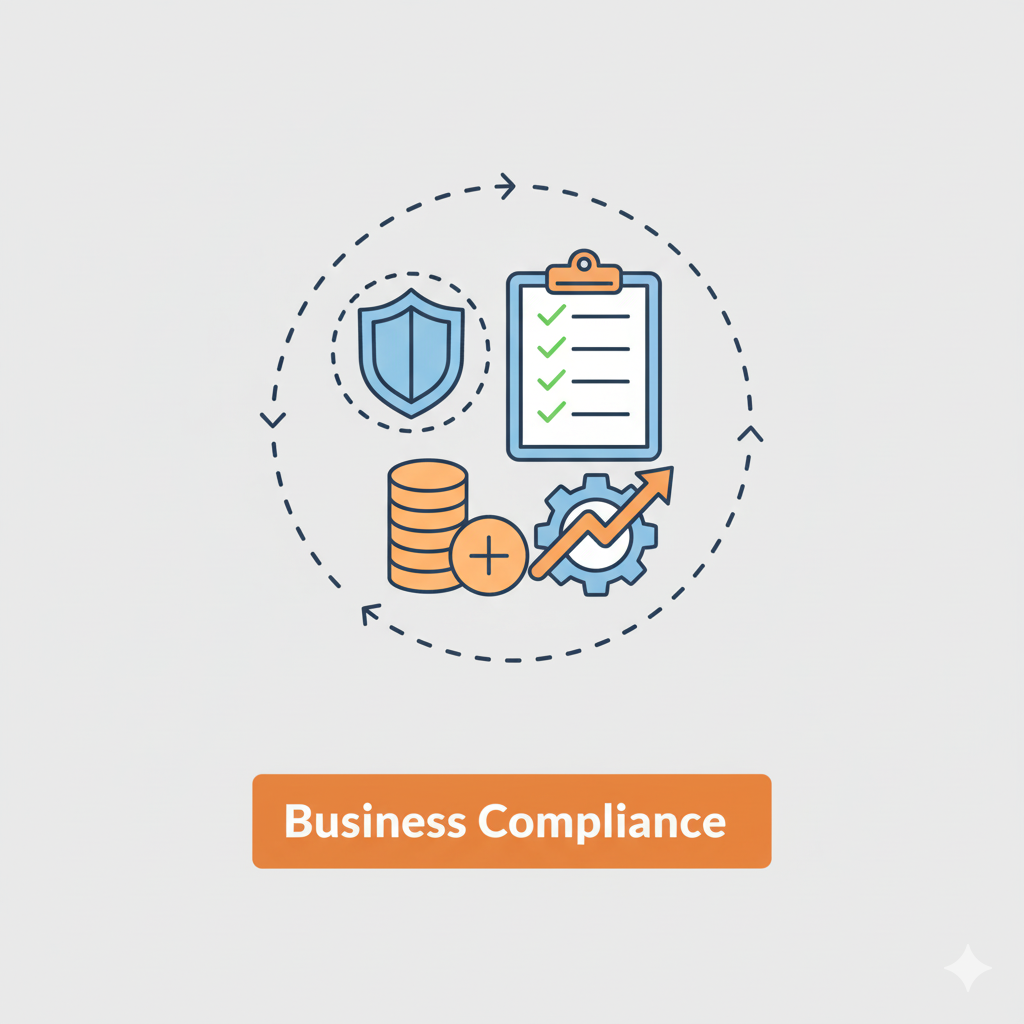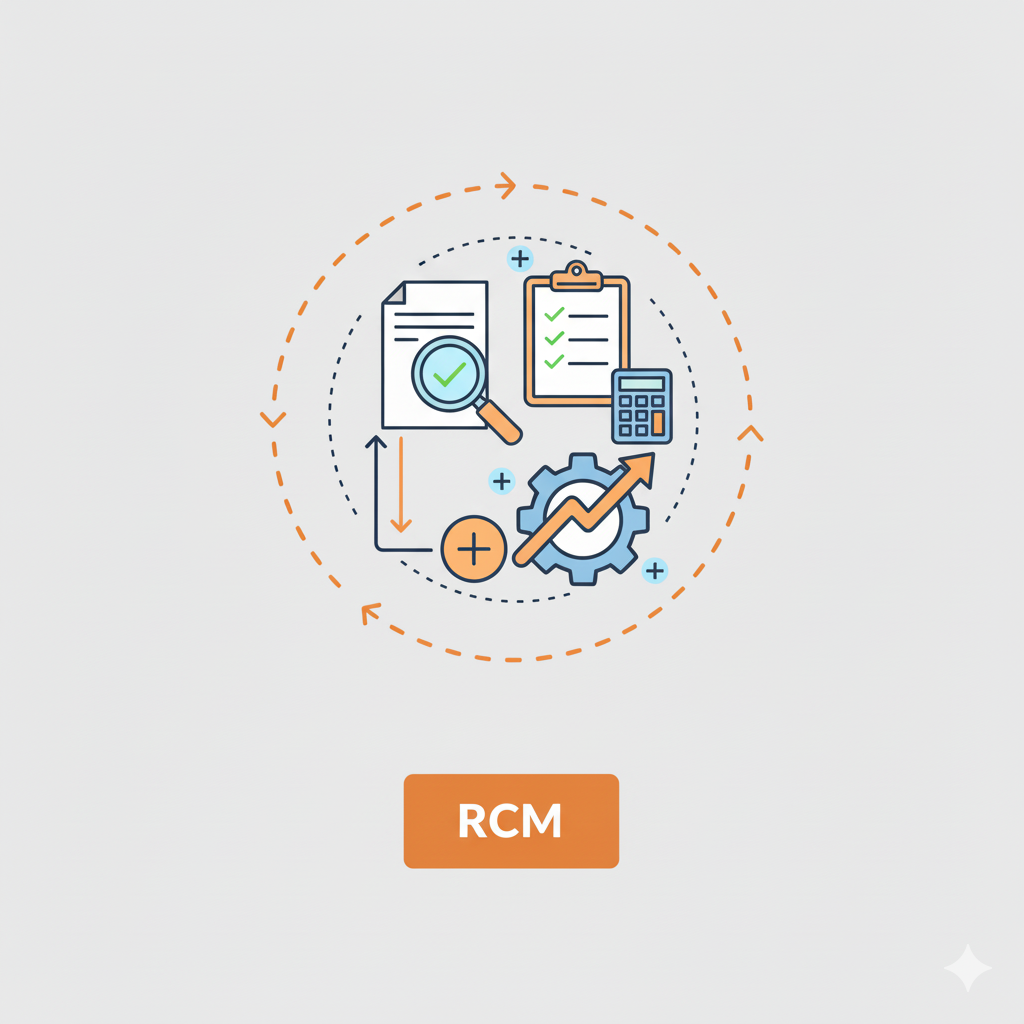Automation Orchestrator: The Fastest Way to Turn Complex Work into Reliable, Auditable Flows
Every team has “the way things actually get done”—email threads, hand-entered spreadsheets, one-off scripts, and favors in chat. It works until it doesn’t: people change roles, steps get skipped, audits loom, and the cost of coordination balloons. Serviceaide Automation Orchestrator (AO) fixes this by lifting your processes above individual apps and manual handoffs into a single orchestration layer that everyone can see, measure, and improve. You keep your systems and skills; AO stitches them together into dependable, change-ready workflows.
Why an orchestration layer changes everything
Most legacy systems weren’t built to collaborate. They lack modern workflows, connectors, and a shared place for cross-departmental visibility—which is where innovation gets stuck. AO adds a graphical, drag-and-drop designer on top of what you already run, so teams can map an end-to-end process in minutes, agree on the flow, and publish it without refactoring every downstream system. Because it runs outside and above your apps, you can add or replace steps and technologies at any time—without breaking what already works. That means faster changes, less risk, and a smooth path to modernization.
What you can do with Automation Orchestrator
AO turns messy, multi-system activities into reliable, instrumented workflows. You can design, test, and deploy automations; scale to thousands of workflow runs per hour; and capture full execution metrics and audit logs for every run. The result is a living process model that executes the same way every time—and proves it.
Automation Orchestrator Data Sh…
Analysts and owners get a clear view of cycle time, success/failure, and cost drivers at both the process and task level. Those signals make improvement opportunities obvious and let you calculate real ROI on changes, not just guess. When something needs to change—policy, system, owner—you update the model once and move on, instead of chasing dozen-deep email chains.
Collaboration that actually sticks
Great processes don’t come from a single desk. AO’s visual flows become a shared artifact that HR, IT, Security, Facilities, Finance, Legal, and line-of-business stakeholders can review and sign off on together. That collaboration hardens quality, removes hidden bottlenecks, and provides the checks and balances compliance teams expect. When the flow is agreed, AO enforces it—no more tribal knowledge walking out the door.
Built-in measurement for continuous improvement
“You can’t improve what you don’t measure” becomes practical with AO. Too many processes run on emails, phone calls, and ad-hoc scripts—opaque, error-prone, and impossible to audit. AO codifies each step, captures outcomes, and exposes them as business analytics you can share widely. That makes it straightforward to baseline performance, quantify change impact, and prioritize what to optimize next—whether you care about cycle time, quality, cost avoidance, or SLA/OLA attainment.
Automation Orchestrator Data Sh…
Independent analyst research echoes the upside: automation projects routinely deliver 30–50% productivity gains for back-office processes and 15–30% for knowledge-work scenarios—outcomes AO is designed to help you reach faster by standardizing, instrumenting, and scaling the work.
Connect anything: APIs, scripts, clouds, and even apps without APIs
Your environment is hybrid and heterogeneous by design. AO meets it where it is:
- Web services via REST and SOAP for system-to-system calls
- Command-line and scripting (UNIX/SSH/PowerShell and more) for direct control
- Cloud platforms including AWS, Azure, and Google Cloud for infrastructure tasks
- 3rd-party application connectors and file/SFTP integration for everyday exchanges
- RPA technologies to drive UI-only systems that lack APIs
- Native integration with Serviceaide ITSM products and the Luma Digital Suite to unify service, knowledge, and automation
This breadth lets you choreograph anything from a one-step task to a multi-application journey, without waiting on every tool in the chain to modernize first.
Hybrid by default, future-proof by design
AO was built for mixed estates—on-prem, private, and public cloud. As you migrate or swap systems, changes are absorbed at the orchestration layer, avoiding the technical debt of point-to-point integrations. That keeps switching costs and risk low and agility high. Whether a process runs on demand, on a schedule, or thousands of times an hour, AO handles the load while keeping the model and evidence consistent for auditors.
Compliance without contortions
Auditors flag email- and phone-driven workflows because they lack traceability and repeatability. AO logs every execution from initiation through approvals and downstream impact. The model itself is the documentation, and the run history is the proof. That makes regulatory reviews simpler and strengthens your posture across IT, security, and business operations.
Not just big projects—clear wins on routine work
High-volume “small” tasks chew through capacity: resets and unlocks, routing approvals, file moves, report pulls, entitlement updates, ad-hoc data syncs. AO automates these without forcing changes to brittle legacy tools, which cuts toil, reduces training needs for new hires, and frees up staff for higher-value work.
A practical framework to structure innovation
If “where do we start?” is the blocker, AO gives you a path. Teams map the current “as-is,” collaborate on the “to-be,” test safely, and push to production with versioned models, audit trails, and outcome metrics. You also benefit from a library of pre-built workflows and 100+ application connectors to jump-start progress. Deploy AO as SaaS or on-premises on a container-based infrastructure for simplified management and scale.
Real-world journeys AO makes simple
Employee onboarding becomes a coordinated, multi-app flow—HRIS record creation, account provisioning, device setup, access approvals, training assignments, and notifications—executed reliably with fewer touches and a better Day-1 experience. The same orchestration power applies across:
- DevOps: software deployments, patching, and new installs
- IT operations: service catalog execution, eBonding, software distribution, resets/unlocks, start/stop services, outage actions
- Security operations: phishing response, alert enrichment, malware triage, threat response, vulnerability remediation
- HR: recruiting steps, onboarding, certifications, approvals, notifications, employee self-service
- Sales operations: quotes, order-to-cash handoffs, entitlements, approvals
- Facilities: equipment provisioning, depot repair, warranties, incident management
- Legal: contract distribution, sign-offs, compliance audits, LDO tasks
- Purchasing: requisitions, approvals, status notifications, reconciliation, receiving
Different departments. One orchestration backbone. Measurably better outcomes.
Business outcomes that matter
Organizations use AO to improve productivity, reduce cost of service, accelerate delivery, and avoid costs by eliminating rework and delays. They hit SLAs/OLAs more consistently, raise quality, and increase employee and customer satisfaction because the path to “done” is clearer and faster. For leaders, the payoff is transparency: you finally see where time and money go—and how to shift both where they create the most value.
Ready to orchestrate your first win?
Start with one cross-team process that always bogs down—onboarding, access requests, incident coordination, vendor onboarding, quarter-end reconciliations—and model it in AO. Use the built-in metrics to prove the impact, then expand one flow at a time. When you’re ready to see how AO fits your stack (and how quickly you can ship value), talk to a Serviceaide solutions expert and we’ll map your first 30 days together.
Latest Insight

Is Your Knowledge Ready for AI

Change for Business Compliance










.svg)
.svg)